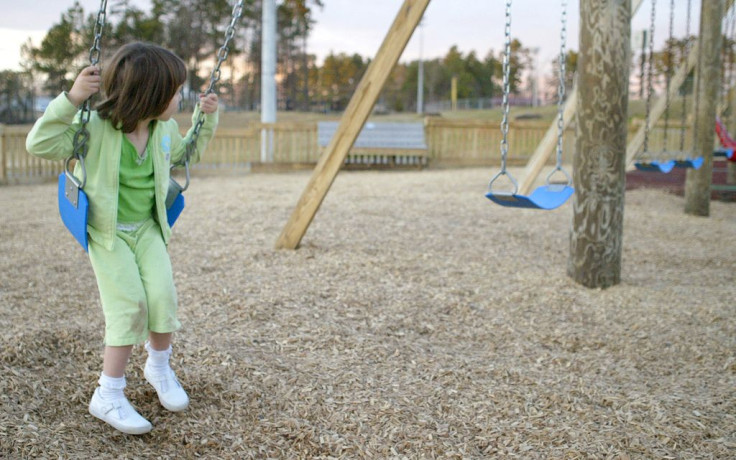Autism Affects Brain's Grey Matter In Regions Related To Judgment And Behavior; Are Better Markers For Autism On The Horizon?

Autism and autism spectrum disorders (ASD) are neurodevelopmental conditions that alter a person's ability to socially relate and develop with their peers. It has been established that autism and ASD are caused by alterations in brain development, causing the brain signals to communicate differently. However, previous studies suggested changes only occurred in the brain's white matter. Now, new research efforts reveal that all parts of the brain undergo changes in development, leading to ASD.
A new study suggests that abnormal connectivity in both white and gray brain matter creates the symptoms and behaviors associated with autism. Similarly, it is these differences in connection between those with and without ASD and autism that create discrepancies in behavior, social receptivity, and development.
The differences between the two types of brain matter are key to this study, as their organization is what changes between those with and without ASD.
White matter serves to connect gray matter to the rest of the brain. Grey matter makes up 40 percent of the brain's cells. These cells are the bodies of nerve cells; signals to be sent to other parts of the brain are made here, but cannot start to transfer because gray matter is not myelinated. Myelination insulates nerve cells to allow for signals to transfer without weakening or getting lost. White matter, on the other hand, makes up 60 percent of the brain. These neurons are myelinated and transfer signals long distances across the brain and into grey matter.
Changes to the grey and white matter will change how the brain communicates with itself. With fewer connections in the white matter, as previous studies have shown, brain development is altered. Altered brain development will alter behavior, as is seen in most ASD cases.
However, this study of 68 adults with and without autism used MRI imaging and found that there are fewer connections in grey matter to white matter in many regions of the brain. Different regions of the brain are concerned with different aspects of one's behavior, such as judgment, language, or thought processing. The regions most affected by ASD are those concerned with social receptivity and behavior.
Researchers found that those with ASD had smaller distances between their brain connections. This means that during brain development, their neurons did not get to branch out as much as they should have. Therefore, connections between brain cells in adulthood are shorter than those without ASD. This difference completely changes the organization of the brain and therefore can create symptoms suggestive of autism like repetitive behaviors, the need to have orderly spaces, as well as social awkwardness.
Researchers found that shortened connections mostly occurred in the fronto-temporal region and cortico-cortical circuits of the brain. These parts of the brain are noteworthy, as they are concerned with activities as well as judgment. The fronto-temporal region of the brain is the part of the brain that decides whether actions are good or bad and whether they are socially acceptable or not. The cortico-cortical connections of the brain serve as the mediator between the thought of an action and the action itself; the circuit, or nerve fibers, send signals to other parts of the brain. Because these two parts of the brain are altered during ASD development, and are part of both grey and white matter, it is clear that symptoms of ASD in adults are caused by these brain development differences.
ASD makes itself apparent in adults' behavior. Much of the time, adults with ASD have difficulty communicating with others, are preoccupied by certain items or topics like history or random facts, perform repetitive or stereotyped behavior like overly organizing areas, and repeating words or phrases. Similarly, and lastly, adults with ASD always indicate a need for routine and are averse to things that force them to adapt, like traveling or changing plans. These symptoms are causes by differences in brain organization early in development.
Now that researchers have established that both parts of brain matter are involved, more can be done to treat ASD symptoms. Future screening procedures can use these findings about grey matter to better identifiy autism or ASD, so that treatments and management plans can be started as soon as possible.
Source: Ecker C, Ronan L, Feng Y, et al. Intrinsic gray-matter connectivity of the brain in adults with autism spectrum disorder. PNAS. 2013.
Published by Medicaldaily.com



























